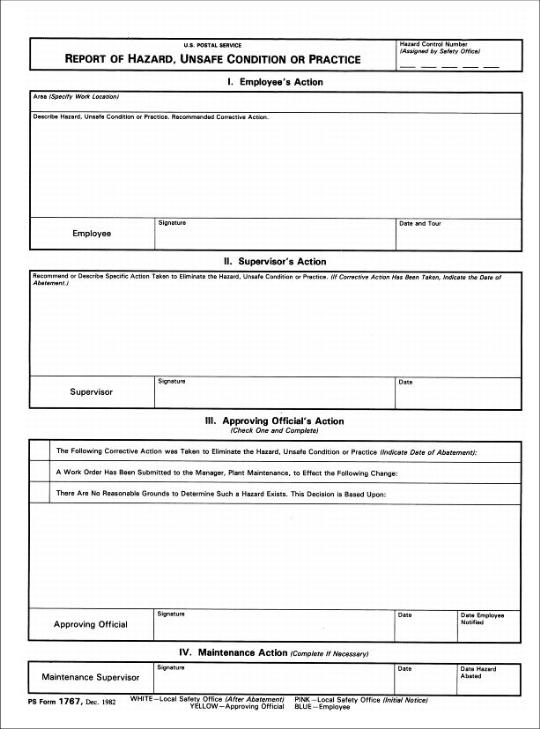|
|
Contractors must consider the following procedures when operating vehicles in the yard:
- Observe posted speed limits, usually 5 miles per hour (mph).
- Follow one-way directional signs in traffic lanes.
- Watch for pedestrian and other vehicular traffic.
- Park only in designated locations.
- Observe all stop and yield signs.
- Confirm the dock/door assignment before parking or removing a trailer/vehicle.
- Check that the trailer/vehicle number of the trailer/vehicle that you have been instructed to move is the actual trailer/vehicle at the dock/door assigned. If the trailer/vehicle number is not correct, contact the dispatcher.
- If available, get help when backing up to the dock/door.
- Do not allow any unauthorized passengers. Unauthorized passengers are prohibited.
- Set hand and parking brakes when the vehicle is parked.
- Observe other safety regulations as directed by the AO (for example, some facilities require the use of wheel chocks).
- Wheels must be chocked at docks/doors.
- Shut off the tractor/vehicle engine when parked.
- Place support bars under both sides of 26- to 28-foot pups before disconnecting the tractor.
- Place a tractor under 26- to 28-foot pups before removing the support bar or jack-stands. Do not go underneath a trailer, under any circumstance, while the trailer is supported only on jack-stands or is resting on its landing gear.
- Dispose of all wire twist-ties, cables, and bolts in the proper receptacle.
- Be alert for falling parcels and sacks when opening trailer or truck doors.
- Before moving a vehicle, make sure that no one is in it and that equipment is properly secured. Ensure that extendable conveyors and other equipment (such as a forklift or pallet-jack) have been removed and that the cargo doors are locked.
- Verify the green light is on (where applicable) before moving the
trailer/vehicle.
- Do not perform routine servicing (e.g., oil changes and filter replacements) of contractor vehicles on Postal Service premises.
- Do not perform major vehicle repairs on Postal Service premises.
- Notify the appropriate Postal Service officials before making emergency minor repairs on Postal Service premises.
- Thoroughly clean up all spills resulting from repairs and leaks.
- Report any hazard or unsafe condition or practice using PS Form 1767, Report of Hazard, Unsafe Condition, or Practice. (See Exhibit 32.) These forms are available from a Postal Service supervisor.
Note: A contractor may request a review of any local safety requirement through the AO and the transportation CO.
Exhibit 32
PS Form 1767, Report of Hazard, Unsafe Condition, or Practice

|
|
